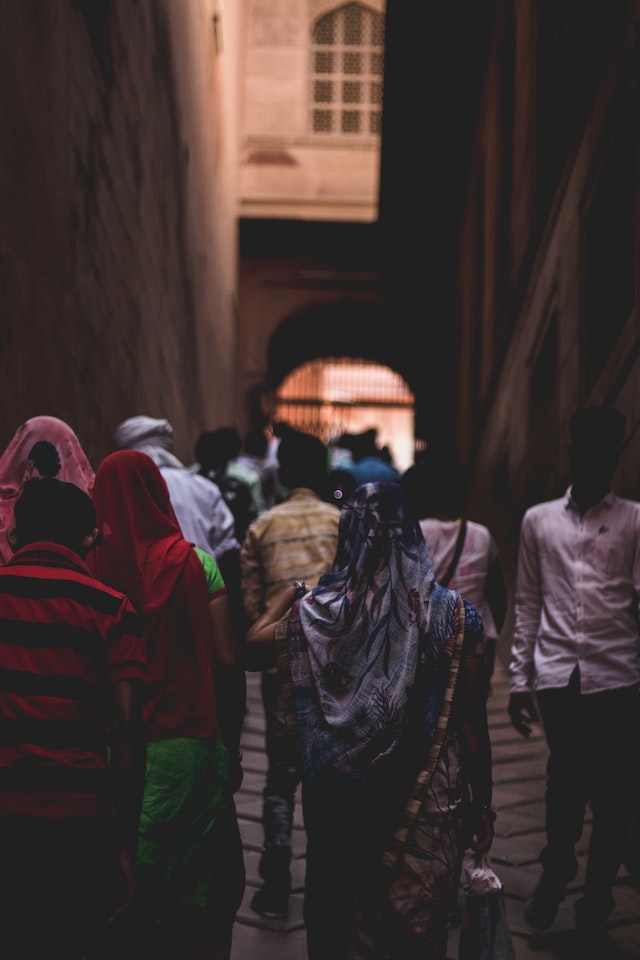Women’s safety is a critical issue that affects every community and society. It is a fundamental human right for women to feel safe and secure in their homes, workplaces, and communities. However, the reality is that women around the world face a wide range of safety threats, including physical and sexual violence, stalking, and harassment. These dangers can have long-lasting impacts on women’s mental and physical health, as well as their overall well-being.
When it comes to the safety of women in India, then it is a major concern issue. Most women travelers don’t want to visit India due to safety reasons.
Are Women Safe in India?
Unfortunately, the answer is no. According to the National Crime Records Bureau of India, there were over 300,000 reported cases of violence against women in India in 2019, including rape, dowry deaths, and domestic violence. This is just the tip of the iceberg, as it is estimated that many more cases go unreported due to social stigma and a lack of support for victims.
In terms of specific types of violence, the National Crime Records Bureau reports that in 2019, there were 33,658 reported cases of rape, and over 100,000 reported cases of domestic violence. Dowry deaths, which are deaths of women who are killed or driven to suicide by the demands of their husbands or in-laws for a dowry, numbered 7,600.
In addition to these incidents of violence, women in India also face widespread harassment and discrimination. According to a survey conducted by the International Centre for Research on Women, 77% of women in India have experienced sexual harassment at some point in their lives.
These statistics highlight the urgent need to address the issue of women’s safety in India and take action to prevent violence and abuse against women. It is essential that we work to dismantle the systems of inequality and discrimination that contribute to violence against women and provide resources and support to victims of violence and abuse.
But, this is not the case in India alone. Women’s safety is a major concern all around the world. According to the World Health Organization (WHO), one in three women worldwide will experience physical or sexual violence in their lifetime, usually from an intimate partner. In addition, women are more likely to be killed by their partners or family members than by anyone else.
In the United States, the National Domestic Violence Hotline reports that on average, 24 people per minute are victims of rape, physical violence, or stalking by an intimate partner in the United States. Over the course of a year, this translates to more than 12 million women and men.
How to Ensure Safety of Women in India?
There are several steps that can be taken to ensure women’s safety in India:
- Strengthen laws and policies that protect women’s rights and provide recourse for victims of violence and abuse. This includes laws against domestic violence, sexual assault, and dowry deaths, as well as policies that provide support for victims and hold perpetrators accountable.
- Increase access to education and job training programs, which can empower women and help them become more self-sufficient and independent. This can also help to break the cycle of poverty that often puts women at greater risk of violence and abuse.
- Provide resources and support to women who have experienced violence and abuse, including access to counseling, legal assistance, and safe housing.
- Challenge cultural norms and practices that reinforce gender roles and stereotypes, and work to promote gender equality in all areas of life.
- Raise awareness about the issue of women’s safety and the many forms of violence and abuse that women face. This includes educating ourselves and others about the realities of women’s lives in India and the steps that can be taken to prevent violence and abuse.
- Encourage bystander intervention and support for victims. This includes speaking out against violence and abuse, and providing help and resources to those who have experienced it.
- There are some apps that can help in emergencies. Some of the apps are Safetipin, Himmat, bSafe, etc.
- Some precautions like pepper sprays, and small knives can be helpful in case something goes wrong.
- Smartphones can be a weapon as well.
- Transport at night is dangerous in India. So, avoiding transport in a less crowded places or late at night is a good option.
By taking these steps, we can work towards creating a safer and more equitable world for women in India.
- What is Mens Rea and Actus Reus - February 13, 2024
- Case Summary of Anglo Norwegian Fisheries Case | United Kingdom V Norway - April 7, 2023
- What is a Solicitor? How to Become One - January 9, 2023

